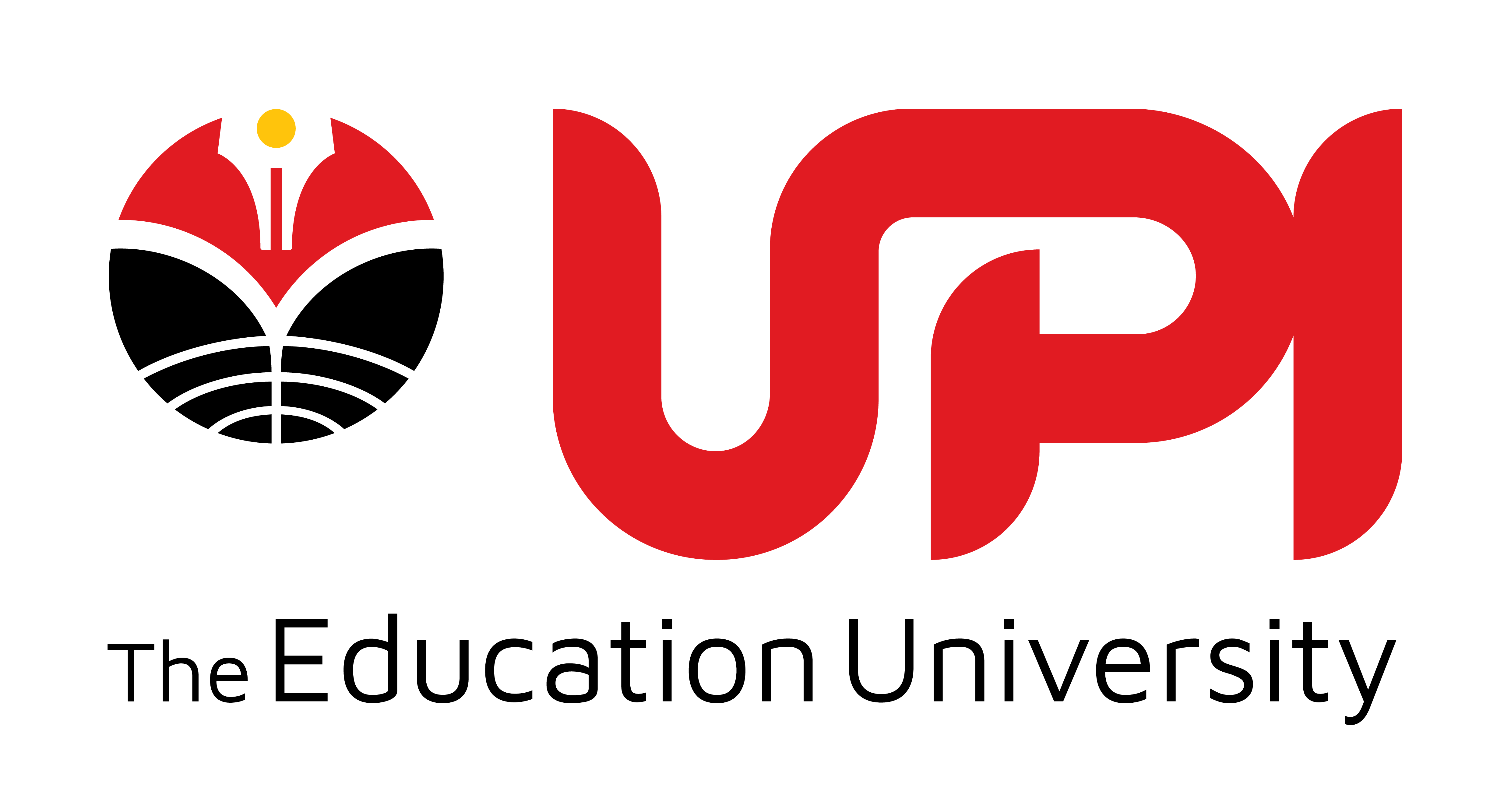Identity and Articulation
Wildan Insan Fauzi
Stuart Hall and Tania Murray Li’s perspectives on identity and articulation aid historical studies. For Hall, cultural identity is shaped by historical experience and cultural codes so that identity is seen more as a “process of becoming” as a continuous chain of change (Piliang, 2002:9). The concept of change is evident in the studies of Tania Murray Li. For Li, articulation means that the identity of a community or ethnicity is not fixed but is a dialogue and meeting of various interests including the figure of the state and the market (Li, 2002). Cultural identity undergoes renegotiation and reproduction, as a consequence of the creative process as well as community involvement in every movement of change (Li, 2000).
The focus of historical studies is not only on whether identity tends to remain or change but also on aspects of how identity is formed. Historical studies show identity politics where history or genealogy is used as a tool to strengthen group identity and legitimize its position (Kartodirdjo, 1993: 70).
The concept of identity became the subject of a study by Carneiro and Cunha in 1986, they studied the dynamics of the identity of West African slaves who were brought to Brazil. When they were freed and returned to Africa (Lagos), they were even referred to as Brazilians by the local community (Burke, 2015: 84) . Changes in how the Chinese in Indonesia represent their cultural identity in the world of education are studied by Wiririatmadja (2003). The pendulum movement of ethnic Chinese identity politics is seen as changing from ethnicity to nationality, and from nationality to ethnicity again (Wiriaatmadja, 2003: 2016). Carneiro and Cunha’s study can be deepened from Hall’s perspective, while Wiriaatmadja’s study can be analyzed more critically using Tania Murray Li’s approach.
Source:
Burke, P. (2003). History and Social Theory. Jakarta: Indonesia Torch Foundation
Hall, S. (1960). Cultural Identity and Diaspora, in Identity and Difference. Kathryn Woodward (ed), London, Thousand Oaks, New Delhi: Sage Publication in Association with The Open University, 1997, London
Kartodirdjo, S. (1992). Thought and development of historiography in Indonesia. Jakarta. grammar
Kartodirdjo, S. (1993) Approach to Social Science in Historical Methodology, Jakarta: PT Gramedia.
Li, T. M. (2002). The Process of Transforming Inland Regions in Indonesia. Sumitro, S.N. Kartikasari. Jakarta: Indonesia Torch Foundation.
Piliang, Y. A. (2002). Mass Identity and Culture: Aspects of Visual Arts in Indonesia. Yogyakarta: Cemeti Art Foundation.
Wiriaatmadja, R. (2003). History Education in Indonesia. Bandung: Historia Utama Press
